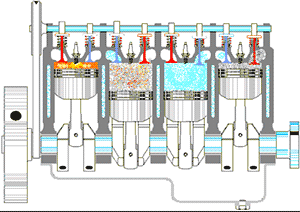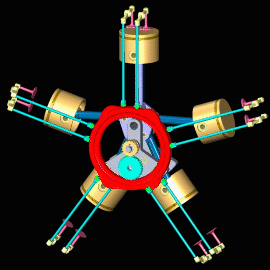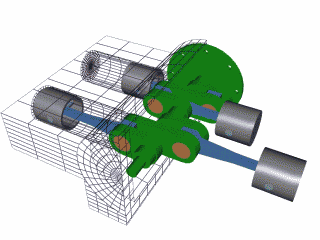k9medic
Line Up and Wait
- Joined
- Sep 27, 2018
- Messages
- 870
- Display Name
Display name:
ATP-H, CMEL, CSEL, CFI/CFII Airplanes and Helicopters
I happened upon something new this weekend.
My plane has an o-540 with a CS prop.
While leak checking it after an oil change I leaned the mixture about 5 turns and saw the rpm increase.
I know the relationship between leaning and rpm and altitude but in Florida why would it do this at sea level?
POH says full mixture until through 5000’ on climb out.
Perhaps I’m robbing the engine of some power by running to rich?
Sent from my iPhone using Tapatalk
My plane has an o-540 with a CS prop.
While leak checking it after an oil change I leaned the mixture about 5 turns and saw the rpm increase.
I know the relationship between leaning and rpm and altitude but in Florida why would it do this at sea level?
POH says full mixture until through 5000’ on climb out.
Perhaps I’m robbing the engine of some power by running to rich?
Sent from my iPhone using Tapatalk



